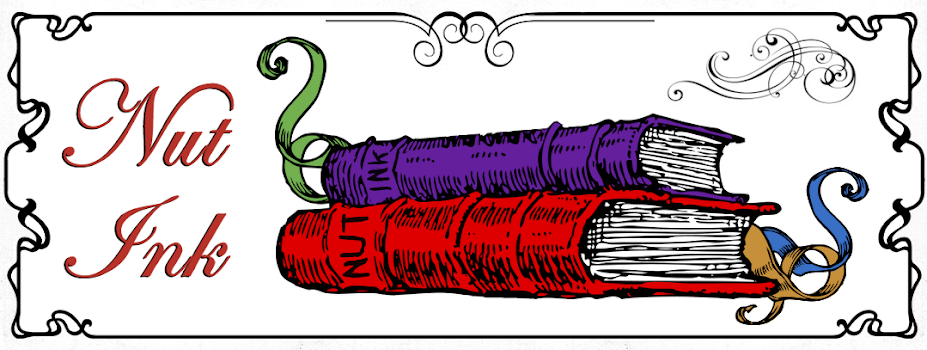Author: Junji Ito | Illustrator: Junji Ito | Page Count: 400
“What the hell is this?”
Tadashi loves his girlfriend Kaori, though the reader may find it difficult to feel similarly because her inner-bitch rises to the surface often. One of Kaori's defining features is that she has an acute sense of smell. When the ‘death stench’ first hits Okinawa it’s Kaori that's most affected. What’s causing the stench makes its presence known shortly afterwards, and that’s when things go full Junji Ito. You'll be thanking the olfactory gods that the book isn't a scratch 'n' sniff.
The creatures that live in the sea have evolved in weird ways. Their peculiarities make sense when viewed in their own environment, but on land they're so alien looking that they can be terrifying. Even the ones we're familiar with, such as sharks, would take on a whole new level of terror when making a beeline for some poor sap on a street full of cars.
The full horror of Gyo reveals slowly but the story isn't slow. It gets increasingly bizarre and ridiculous, though, helped along by some black humour and hindered by some school-yard humour. The two things are an odd pairing that for me just didn't fit together comfortably, but the artwork is always spectacular.
The Gyo storyline ends on page 358. It's followed by two shorts. The first is The Sad Tale of the Principal Post, a four-page story that's well-drawn but not very good otherwise. It's followed by what's without a doubt the best thing in the whole book, the thirty-two-page The Enigma Of Amigara Fault. Coincidently. it's one of the first Ito stories I ever read; it hasn't lost any of it's creepy power.
The book collects together both volumes of the Gyo manga into one beautifully bound HB edition. It's the same format and size as Viz's Uzumaki: 3-in-1 Deluxe Edition (2013); I tip all my hats to Viz for that. Uzumaki is the better story, so if you can only afford one book it's perhaps the better choice.
4 gashunks out of 5





























